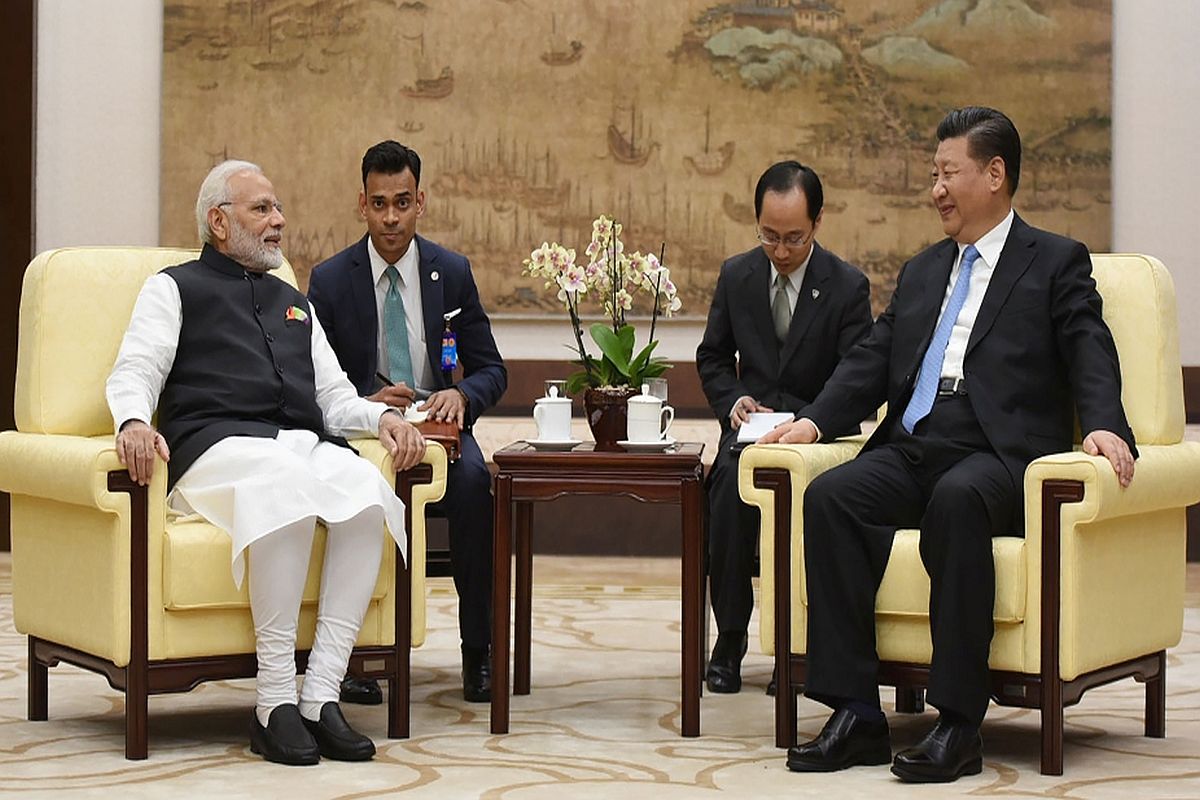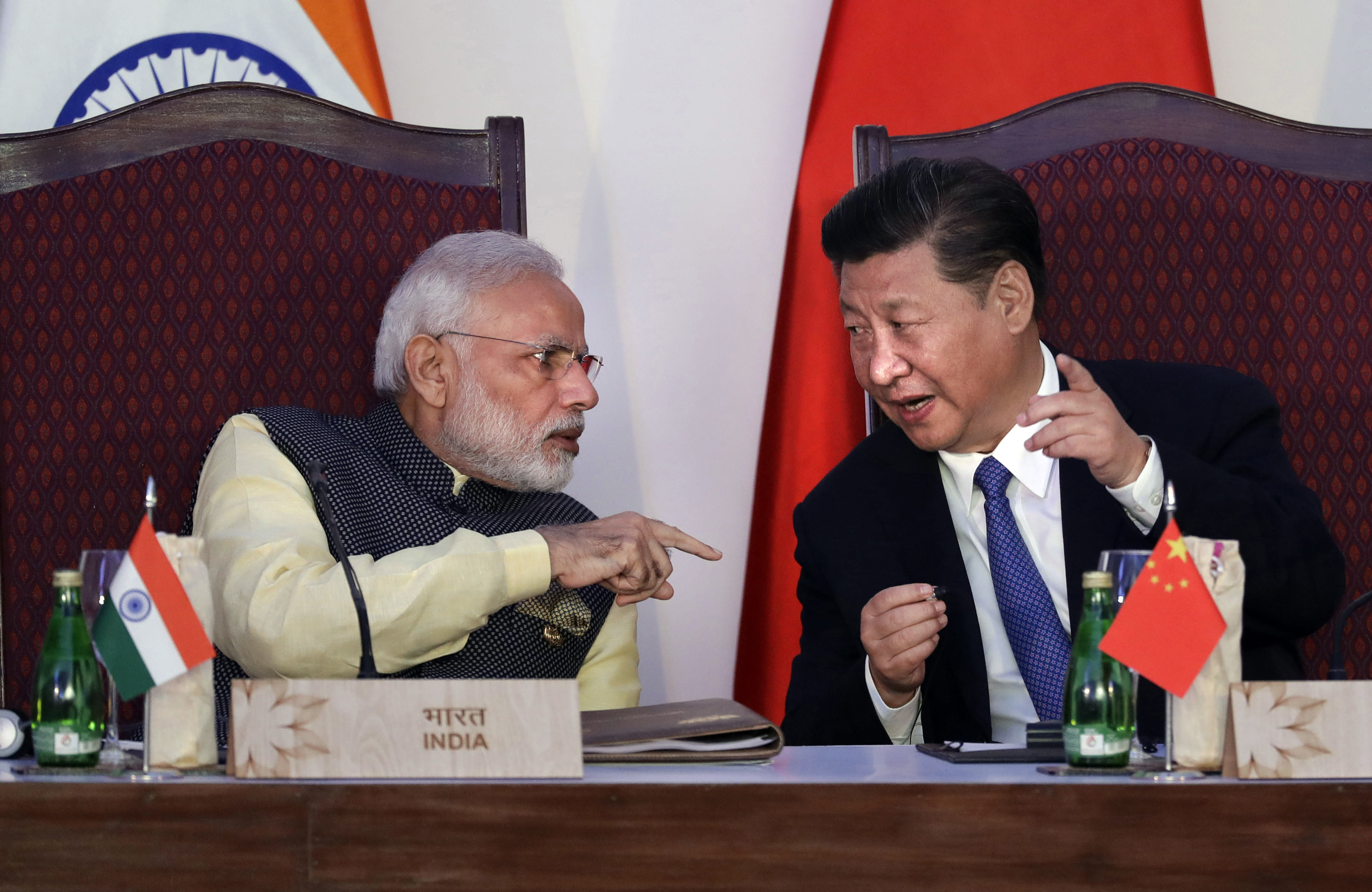Diplomatic Dialogue: India and China to Convene 19th Round of Military Talks on LAC Prior to Modi-Xi BRICS Meeting

Diplomatic Dialogue: India and China to Convene 19th Round of Military Talks on LAC Prior to Modi-Xi BRICS Meeting
In a momentous development, India and China are gearing up for their 19th round of military talks, scheduled for August 14. The objective of these talks is to address and mitigate the ongoing standoff along the Line of Actual Control, the de facto border between the two countries. Significantly, these discussions are taking place after a gap of four months since the last military dialogue, underscoring the importance of diplomatic efforts to manage and resolve the tensions between the two nations.
The timing of these talks is noteworthy as they occur just days prior to the BRICS Summit in South Africa, where leaders from Brazil, Russia, India, China, and South Africa will convene to discuss matters of global importance and regional cooperation.
The resumption of these military talks reflects a commitment from both India and China to engage in diplomatic channels and find peaceful resolutions to the border tensions that have persisted over the past years. The timing ahead of the BRICS Summit also presents an opportunity for the two nations to address their bilateral concerns in a broader international context. The outcome of these talks will be closely observed as it can significantly impact the regional dynamics and contribute to stability and cooperation between the two Asian giants.
Amidst the ongoing efforts to ease the border standoff along the Line of Actual Control, there remains a possibility of a meeting between Indian Prime Minister Narendra Modi and Chinese President Xi Jinping. The two nations have been embroiled in a border dispute for more than three years, and this potential meeting between their leaders could offer a platform to discuss and address the longstanding issues that have strained their bilateral relations.

While the exact details of a potential meeting are yet to be confirmed, the fact that the possibility has not been ruled out reflects a diplomatic approach by both sides to find common ground and resolutions. Such a meeting could mark a significant step towards finding mutually acceptable solutions to the border tensions and fostering a more stable and cooperative relationship between India and China. As the 19th round of military talks approaches and the BRICS Summit looms, the region and the international community will be closely observing any developments that could shape the trajectory of India-China relations.
Despite the completion of four rounds of disengagement in key areas such as Galwan Valley, Pangong Tso, Gogra (PP-17A), and Hot Springs (PP-15), both the Indian and Chinese military forces continue to maintain a significant presence in the Ladakh theatre, with each side deploying over 60,000 troops along with advanced weaponry.
While efforts have been made through multiple rounds of talks to address the border issue between the two nations, certain challenges persist. Two notable points of concern are the Depsang region in the Daulet Beg Oldi sector and the Charding Nullah Junction (CNJ) in the Demchok sector. These areas remain unresolved and subject to ongoing negotiations, underscoring the complexity and sensitivity of the border situation between India and China.

Despite the progress achieved through disengagement in some areas, the unresolved issues highlight the importance of sustained diplomatic engagement and negotiations to achieve a comprehensive and lasting resolution. As both sides continue to navigate these challenges, the Ladakh theatre remains a focal point for regional and international attention, with the hope that diplomatic efforts will lead to increased stability and reduced tensions along the border.
The upcoming 19th round of military talks between India and China is scheduled just before Prime Minister Narendra Modi’s participation in the BRICS Summit, set to take place in Johannesburg, South Africa from August 22 to 24. This timing highlights the significance of regional cooperation and diplomacy, as both nations engage in discussions to ease tensions along the Line of Actual Control (LAC).
While the details of the military talks are yet to unfold, the potential for a meeting between Prime Minister Modi and Chinese President Xi Jinping on the sidelines of the BRICS Summit has not been ruled out. Such a meeting could provide an opportunity for the leaders to discuss bilateral matters and explore avenues for cooperation beyond the border issue.

In addition to the BRICS Summit, there is speculation that President Xi Jinping might visit New Delhi for the G20 summit in September, further indicating the ongoing diplomatic engagements between India and China. These high-level meetings offer a platform to address a wide range of issues and strengthen relations between the two nations on various fronts, potentially contributing to stability and cooperation in the region.
In the month of July, it was reported that Indian Prime Minister Narendra Modi and Chinese President Xi Jinping engaged in a discussion to emphasize the importance of stabilizing their bilateral relations. This interaction took place during a brief encounter on the sidelines of the previous year’s G20 Summit in Indonesia.
Following the 18th round of talks between India and China in April, the Ministry of External Affairs released a statement outlining the agreements reached between the two sides. While the specific content of the statement was not provided in the context given, it highlighted that there were points of mutual understanding and consensus achieved during those talks.
India-China border standoff
The ongoing military standoff between India and China in eastern Ladakh dates back to April-May 2020. This prolonged standoff has led to strained bilateral relations between the two countries. A significant incident that escalated tensions occurred with a violent clash in Galwan Valley, which resulted in the tragic loss of 20 Indian soldiers’ lives.
India’s assessment of the situation suggests that the casualties incurred by the People’s Liberation Army (PLA) were twice the number of Indian Army casualties. However, Beijing’s official claim is that only four Chinese soldiers were killed during the confrontation. This discrepancy in casualty figures highlights the complexity of the situation and the differing narratives presented by both sides.
The violent episode in Galwan Valley and the subsequent military standoff have had far-reaching implications for India-China relations, leading to one of the lowest points in their diplomatic ties in decades. India has consistently maintained that restoring peace and tranquility along the border is a prerequisite for the normalization of relations between the two nations. Resolving the border dispute and easing tensions remain critical steps towards rebuilding trust and promoting stability in the region.





